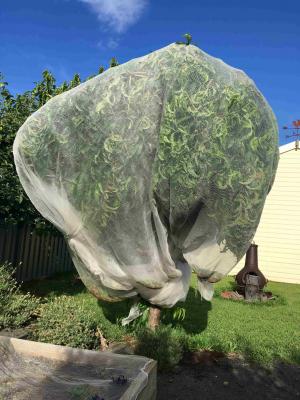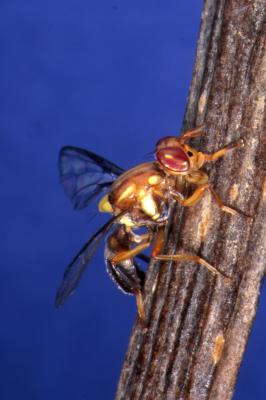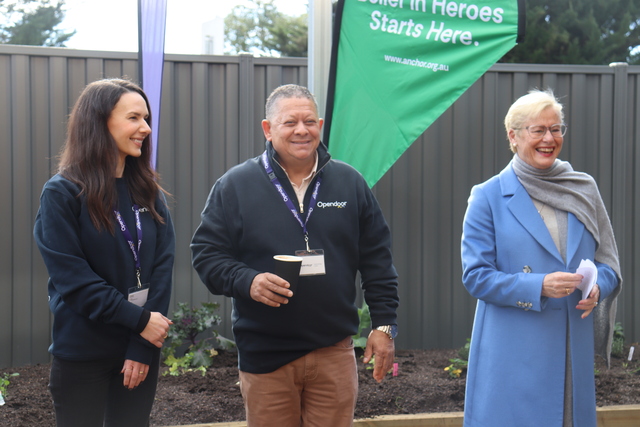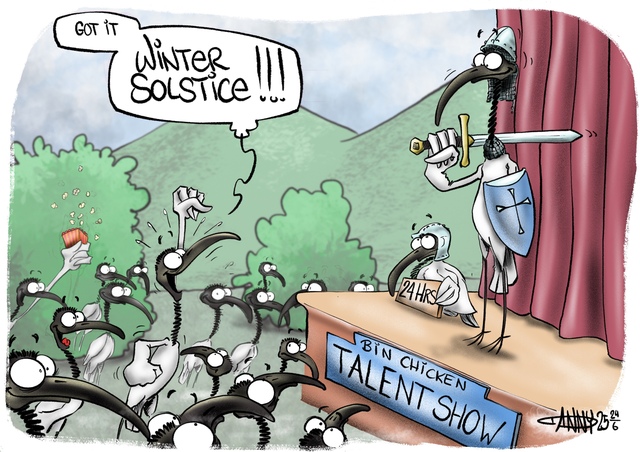Wet and warm conditions across the state have created favourable conditions for Queensland fruit fly to breed, with home gardeners encouraged to act now to protect their homegrown fruits and vegetables.
Agriculture Victoria Statewide Fruit Fly Coordinator Cathy Mansfield said that despite predicted La Niña weather patterns which are ideal for fruit fly, gardeners still have time to protect their homegrown produce.
“Last summer during the La Niña, many home gardeners were surprised to find that Queensland fruit fly had damaged their fruit and veggies. This year we know the same climatic conditions are coming so everyone has the chance to get a step ahead.”
The Bureau of Meteorology has advised there is a 70 per cent chance of a La Niña forming in the coming months, which is roughly three times the normal likelihood of an event forming in any year.
“Queensland fruit fly is most active from September to May, so as the weather heats up, home gardeners, landholders and those with a few trees or a veggie patch should be on the lookout for and know how to manage it.
“Netting is by far the most effective way to protect your trees which would have just finished blossoming and being pollinated – so now is the time to get your netting up.”
Queensland fruit fly attacks a wide range of fruit and vegetables including tomatoes, stonefruit, citrus, cherries, berries and grapes.
When fruit flies make contact with fruit to lay eggs, a “sting mark”, often the size of the top of a pin, is left which can be easily missed unless checked carefully. Once stung, fruit will start to rot internally.
“Fruit fly maggots are often found in the centre of the fruit, are 5 to 10mm long and creamy-white in colour.”
Protecting home gardens is important not just for the landholder’s own homegrown produce, but also to limit fruit fly population growth and potential spread to neighbours, nearby orchards or farms.
For the greatest chance of successful control, landowners should speak to their neighbours and have a consistent approach to fruit fly management. Landowners can use the following techniques to protect produce in their gardens:
follow good garden hygiene such as picking fruit and vegetables as they ripen
dispose of unwanted fruit and scraps carefully
regularly monitor for fruit fly presence in home gardens
protect trees, plants and produce through netting, gazebos and bags
use bait, traps and insecticide control.
“Victorians have spent a lot of time at home this year with many people reigniting their passion for gardening. It’s important they know the signs of Queensland fruit fly and avoid the disappointment of cutting into their proudly homegrown produce and finding fruit fly maggots.”
For more information including lists of common fruit, how to control fruit fly in your garden and netting tips visit agriculture.vic.gov.au/qff








